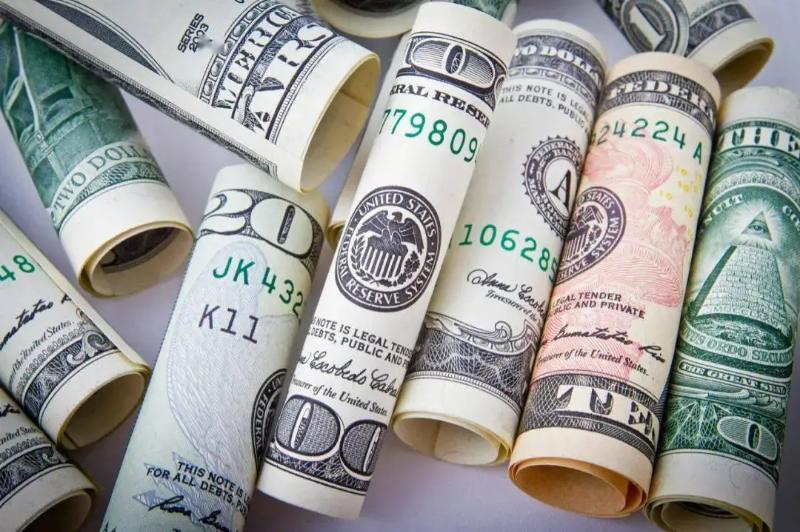
Recently, everyone has been focusing on the Federal Reserve's upcoming interest rate decision in mid-September, hoping that the Federal Reserve will significantly cut interest rates and change the international capital flow. In fact, Federal Reserve Chairman Powell has already begun to cut interest rates in his public speech in August to do "express", so the Federal Reserve began to cut interest rates in mid-September is "clear card", the remaining suspense is only the extent and continuity of interest rate cuts.
So what will be the impact of the Fed rate cut on the stock market going forward? First, the impact of capital flows and exchange rates, the Fed rate cut may lead to the relative depreciation of the US dollar, which will trigger the flow of international capital to other markets, including the stock market. This will bring incremental funds to the A-share market, helping to enhance market liquidity and activity. Lower interest rates and lower risk-free interest rates and financing costs for enterprises may prompt enterprises to increase investment spending and improve profitability, making the stock market more attractive relative to other fixed-income investments (such as bonds), thus attracting more investors to the stock market. Investors may shift money from low-yielding fixed income products into the stock market in search of higher yields. However, the actual effect of this process is also affected by a variety of factors, including market participants' sentiment, risk appetite and domestic economic conditions. Interest rate cuts usually cause the relative depreciation of the dollar, which in turn triggers the relative appreciation of other currencies. Such exchange rate movements have a significant impact on international trade and capital flows. For export-oriented countries, currency appreciation may weaken their export competitiveness; For the importing country, it may reduce the cost of imports, which is conducive to domestic consumption and economic growth.
The second is the impact of market sentiment, the Fed rate cut is often seen as a signal of economic easing, helping to boost market sentiment and risk appetite. That could prompt investors to become more actively involved in stock trading, which could drive the overall A-share market higher. However, changes in market sentiment are often uncertain and investors need to be cautious. In the context of easy monetary policy, investors may be more inclined to invest in high-risk, high-yield assets. This will help boost valuations of high-risk sectors such as growth stocks and technology stocks in the A-share market. However, it should be noted that high risk also means high volatility, and investors need to do a good job of risk management. The rate cut will help ease market fears of an economic downturn and boost investors' confidence in future economic prospects. This boost in confidence will prompt investors to invest more in the stock market, further contributing to the rally.
Third, the impact of the global economic environment, interest rate cuts will make the bond market yield decline, but bond prices will rise. Because interest rates on new bonds fall, previously issued bonds with higher interest rates become more valuable. In addition, interest rate cuts will reduce the risk of credit defaults and improve the overall credit quality of the bond market. A Fed rate cut could trigger other major central banks to follow suit with rate cuts or other monetary easing measures. Such policy coordination can help ease tensions in global financial markets and promote global economic recovery and growth. In the context of global economic integration, the financial markets of various countries are increasingly connected. The Fed's rate cut will trigger a linkage reaction in the global financial market, including the mutual influence and transmission of the stock market, bond market, foreign exchange market and other markets. At the same time, interest rate cuts may reduce the cost of debt, but it may also exacerbate the debt problems of some countries. Especially for those countries already facing high debt burdens, rate cuts could further push up their debt levels and increase the risk of default. While interest rate cuts can help stimulate economic growth and lower unemployment, they can also raise the risk of inflation.
To sum up, the impact of the Fed's rate cut is multi-faceted, both positive and potential risks and challenges. However, the movement of the stock market is still affected by a combination of factors, and investors need to remain cautious and consider all factors. At the same time, countries need to pay close attention to the global economic situation and financial market dynamics, and strengthen policy coordination and risk prevention measures to cope with potential risks and challenges.

The data from multiple public opinion polls conducted in December 2025 depict the collective anxiety of American society: over 75% of adult citizens are concerned about the sustainability of the social security system, 43% express "extreme concern", and 30% of respondents believe that social security benefits may completely disappear before they retire.
The data from multiple public opinion polls conducted in De…
When the London spot silver price surged by over 137% withi…
Recently, the technology industry has been stirred again by…
According to the Financial Times, the combined market capit…
Recently, Japanese Prime Minister Sanae Takaichi announced …
In the bitter winter at the end of 2025, the smoke of the R…